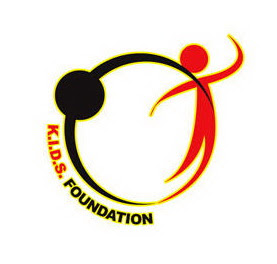A tsunami is a seismic sea wave, not a tidal wave as it is sometimes mistakenly called. Various underwater disturbances- including landslides, volcanic eruptions, and meteorite landings, in addition to earthquakes- can cause a tsunami.
Characteristics of Tsunami Waves
Tsunamis are fast moving, traveling at speeds of hundreds of miles per hour. When they slam into coastal areas, they can produce waves 100 feet or higher. Tsunami waves move outward in all directions from their origination point, increasing in height as they approach the shore.
Tsunami Risks
Drowning is the number one tsunami risk but there are others. Tsunamis can induce flooding, contaminate drinking water, and rupture gas lines and tanks, causing fires.
Tsunami Safety
"If you can see the wave you are too close to escape it," according to the Federal Emergency Management Agency.
A noticeable recession in the water away from the shoreline is "nature's tsunami warning," FEMA says. Anyone noticing such recession should move out of the area immediately. When the tsunami subsides, flooding and contamination risks remain. Flooded and damaged areas should be avoided until emergency officials give the "all clear."
Characteristics of Tsunami Waves
Tsunamis are fast moving, traveling at speeds of hundreds of miles per hour. When they slam into coastal areas, they can produce waves 100 feet or higher. Tsunami waves move outward in all directions from their origination point, increasing in height as they approach the shore.
Tsunami Risks
Drowning is the number one tsunami risk but there are others. Tsunamis can induce flooding, contaminate drinking water, and rupture gas lines and tanks, causing fires.
Tsunami Safety
"If you can see the wave you are too close to escape it," according to the Federal Emergency Management Agency.
A noticeable recession in the water away from the shoreline is "nature's tsunami warning," FEMA says. Anyone noticing such recession should move out of the area immediately. When the tsunami subsides, flooding and contamination risks remain. Flooded and damaged areas should be avoided until emergency officials give the "all clear."
http://news.yahoo.com/s/ac/20110311/sc_ac/8041358_how_japans_tsunami_compares_to_historys_deadliest























































